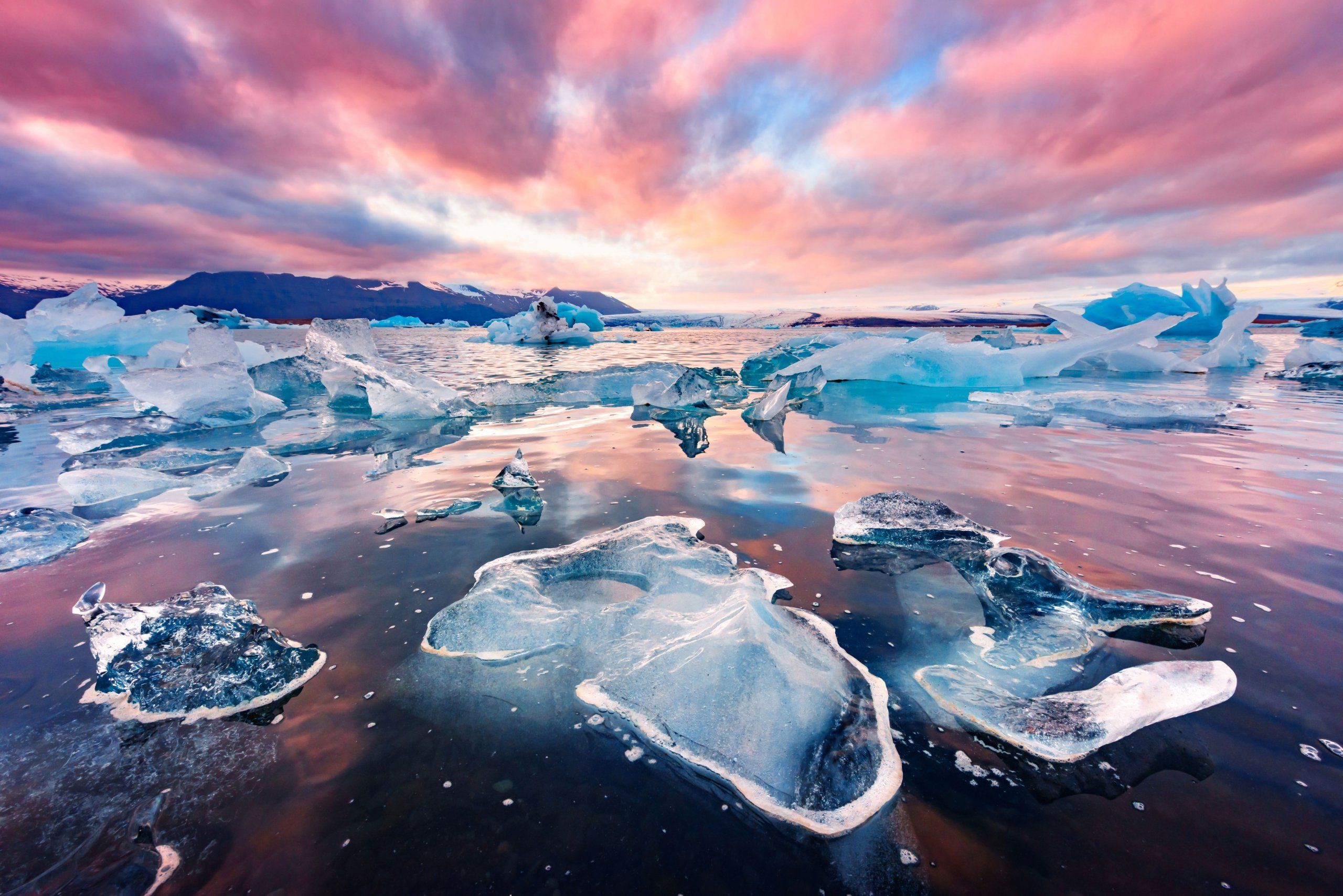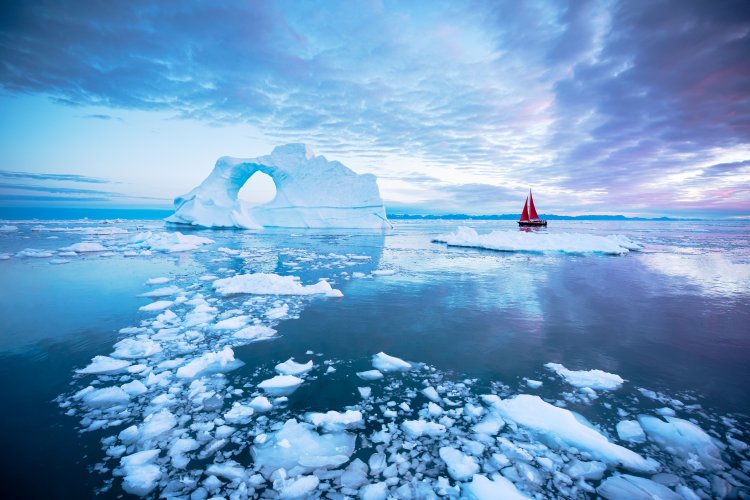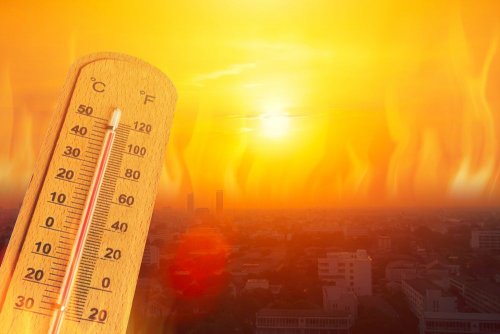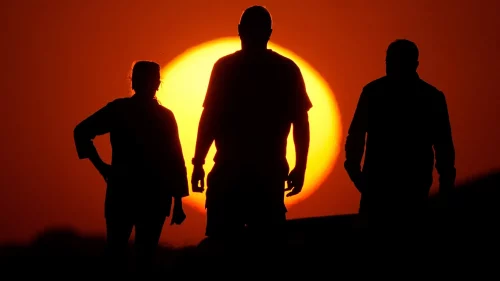Researchers from Denmark's Aarhus University have discovered giant viruses in Greenland that could slow the growth of black snow algae that contribute to ice melt.
They published the results of their research in May in the journal Microbiome.
What is the problem with algae on arctic ice?
The Arctic teems with life, from walruses and polar bears to birds, fish, plankton and algae. Every spring, warmed by the sun, these algae begin to bloom, and the ice on which they grow turns black. This reduces its ability to reflect the sun and accelerates melting.
According to scientists, the volume of Arctic ice is rapidly decreasing, and the polar region may completely lose it by 2040. This, in turn, will entail a whole series of negative phenomena:
- will affect the global temperature;
- will create extreme weather conditions;
- will endanger coastal communities;
- will threaten food stability;
- will lead to the decline of wildlife;
- will contribute to the release of methane from permafrost.
What are giant viruses?
Common viruses are about 1,000 times smaller than bacteria, but the giant viruses, first discovered in the ocean in 1981, are larger in both size and genome. They can grow up to 2.5 µm, while most bacteria are around 2 µm in size.
They've been found in oceans, soil and even humans, but this is the first time giant viruses have been found in snow and ice, which is dominated by pigmented microalgae.

Why is the discovery of giant viruses in the Arctic important?
A research team at Aarhus University, led by Laura Perini from the Department of Environmental Sciences, sifted through Arctic dark ice, red and green snow (all characterized by high levels of algae), ice core and cryoconite (holes caused by melting sediment into the glacier) to reveal a thriving ecosystem
Along with the algae, the scientists found bacteria, filamentous fungi, yeasts, protists (organisms that are not animals, land plants, or fungi) that feed on the algae, and giant viruses that they suspect infect the algae.
"We don't know much about viruses, but I think they could be useful in reducing ice melt caused by algal blooms. We cannot determine exactly which algae are the carriers of these giant viruses. Some of them can infect protists, while others attack snow algae. We just can't be sure yet," explains Perini.
Another scientific paper by the same team will be published later this year, which may provide a more detailed explanation of the interactions between microorganisms in the layer and on the surface of Arctic ice.
In April 2023, EcoPolitic reported that scientists have confirmed the rapid melting of the Greenland and Antarctica glaciers.
In January of this year, scientists recorded a trend of an increase in the amount of Arctic sea ice, but noted that the level of this increase is insignificant and significantly less than in 1990-2000.





